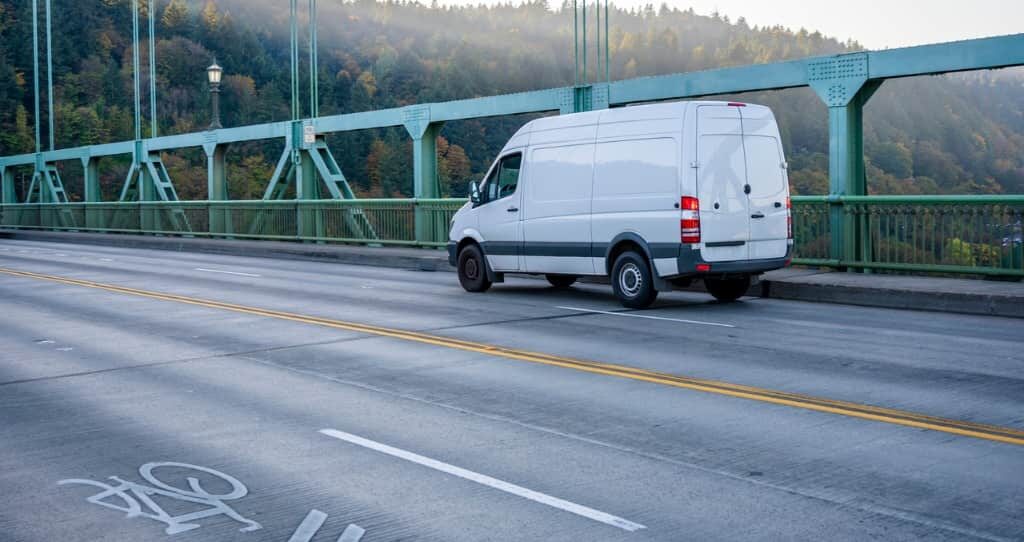Personal conveyance, also known as Authorized Personal Use, refers to the driver’s use of a commercial vehicle for personal transportation while off-duty. An electronic logging device (ELD) mandate took effect in 2017, requiring carriers and their drivers to oblige with personal conveyance rules.
Prior to the ELD mandate, hours were often manually tracked. Manual tracking, often lists of hours, made managing hours of service difficult. Transport authorities also had a hard time enforcing regulations.
The personal conveyance ELD mandate separated carriers driving into the personal conveyance and yard moves. The mandate also sets out rules on how carriers and drivers should log travel time.
How Does Personal Conveyance Work?
All businesses that manage fleets of commercial motor vehicles (CMV) must record hours of service. The hours of service must include personal movements. These rules are quite specific and carriers must comply.
If, for example, a driver uses a CMV to drive home from work, the vehicle has been used for personal conveyance. Likewise, the use of a CMV to get from place to place when the driver is out of town but off duty is also considered personal conveyance.
If, on the other hand, a driver drives to a truck stop closer to the delivery point, the movement actually furthers the interests of the owner. So, this is not personal conveyance.
The driver has no inherent right to use the vehicle for personal reasons. Only the owner of the vehicle can authorize CMV use for personal use. Many carriers set out policies to clarify how vehicles may be used, which may include time or distance limitations.
Personal Conveyance Clarification
For a long time, carriers have grappled with what constitutes personal conveyance. The Federal Motor Carrier Safety Association (FMCSA) responded with guidelines to provide clarity on the issue.
The guidelines also contain useful examples of what is personal conveyance and what is not. Specifically, drivers can use the following two questions to make the determination:
- Why is the vehicle being moved? – is the movement strictly personal
- Can the driver choose what they will do while driving? – if the answer is yes, then it is a personal movement
Is Personal Conveyance Mandatory?
No, it is not mandatory. It’s up to the freight carrier to decide whether they want to allow their drivers to use the CMV for personal use at the end of the workday. Yet many employers allow their drivers to log personal conveyance so they can look after their needs when on the road.
How Far Can You Drive on Personal Conveyance?
The ELD Rule in the U.S. sets no time or distance limitations, while in Canada drivers are restricted to 46.6 miles per day. As long as policies comply with FMCSA rules, the limits are up to individual trucking companies.
Can You Fuel on Personal Conveyance?
Drivers may only log personal conveyance time if they are off-duty. No work transport is permitted. If they take the vehicle to a gas station to refuel or drive it to the workshop for maintenance, they must log the movement as on-duty travel.
Does It Count Against Reset?
If a driver logs personal use, they are, by definition, off-duty. So, they can count the time against their reset of 10 or 34 hours.
Provision 392.3 of the FMCSR still applies, meaning the driver may not operate a commercial vehicle if they are fatigued or unwell.
Does It Affect the Driver’s On-Duty Time?
No, it has absolutely no effect on the driver’s on-duty time or available hours.
How To Use Personal Conveyance
Electronic logging devices allow easy logging of personal and on-duty conveyance data. ELDs track driving hours and will alert the driver when it’s time to take a break.
They are compact and easy to use.
Conveyance Rules
The underlying premise of the rules is that the driver may not carry out any work-related tasks when logging personal movements. This is the test of what is considered personal conveyance.
Acceptable Movement
The FMCSA offers clear guidelines about the circumstances under which drivers must log personal movements. The driver may only log movements made while off-duty and doing no work for the carrier.
While the trailer is loaded, for instance, the driver could log vehicle movement as personal as long as it isn’t for the carrier’s benefit.
The driver still has a duty to drive the vehicle safely. Although the law sets no limits on distance or time, the carrier has the right to set their own time or distance limitations. They may even prohibit personal use of the vehicle altogether.
The FMCSA offers some examples of personal movements. These include:
- Driving from accommodation or truck stops for meals or entertainment
- Travel to accommodations or safe parking
- Transport between the trailer drop-off site and the driver’s home
Unacceptable Movements
Any vehicle movement for the commercial benefit of the carrier may not be logged as a personal movement. In addition, movements to a maintenance facility, to refuel or to uplift or drop trailers at various depots are on-duty movements.
Following the Rules
Ultimately, the rules are really not that hard to understand and apply. The basic test is whether your driver is using the commercial vehicle to carry out any tasks related to your business. If the driver is off-duty and traveling home or using the vehicle for any personal needs, the time must be logged as personal movement. Anything else is not classified as personal.
Read Essential Personal Conveyance Rules You Should Know to learn what happens if you break the rules.


